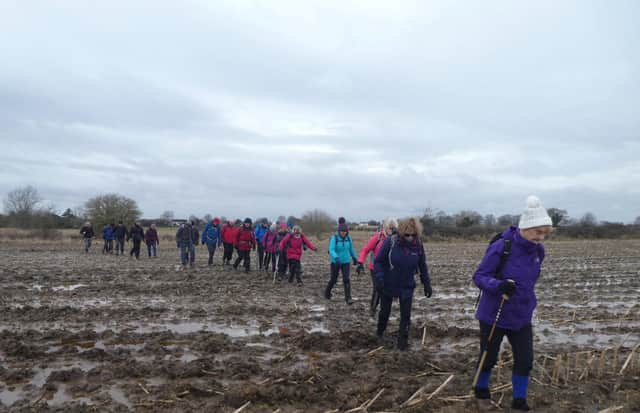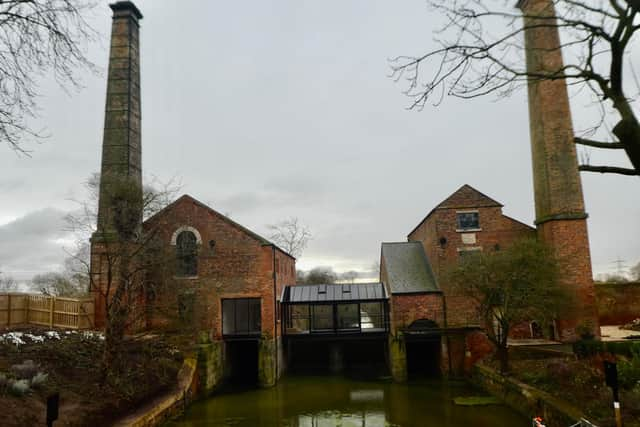Pub to pump via muddy Mother
This article contains affiliate links. We may earn a small commission on items purchased through this article, but that does not affect our editorial judgement.


Rob Elvidge gave the briefing before we set out in an easterly direction across very muddy fields to the Mother Drain, built between 1796 and 1802 to collect water from the low-lying land to the south and pump it into the River Idle, writes David Gadd, of Doncaster Ramblers.
The first pump house was built in 1828 and, when a new pumping station was built in Gringley both pumping houses became redundant and have been converted into a residence.
Advertisement
Hide AdAdvertisement
Hide AdIn fact, 20 years ago, Dave Churchill was involved in building the linking walk-way.


The walk then followed the Mother Drain as far as Haxey Gate where, after our coffee stop, we turned to follow the Idle to West Stockwith, where we turned again to follow the Chesterfield Canal back to Misterton.
After a lovely break in the Red Hart, where we had our own private room upstairs, 32 of us set out for the shorter afternoon walk, involving an easterly circuit from Misterton. Walking along the Debdhill Road track, where Rob told us how his grandfather, ploughing nearby in 1905, discovered some Roman coins, whose whereabouts are now unknown.
Four distant deer became even more distant when they saw us prior to turning briefly south at Cornley Carr Farm, then easterly towards Misterton, with a final loop - and another muddy field - before we entered the village for the final time. It was a cold and sometimes blustery day, with some sun and a little rain, but a good walk was enjoyed by all - thanks to Rob for leading and Nigel for back-marking.
Misterton-Soss Twin Pump Houses
Advertisement
Hide AdAdvertisement
Hide AdThe two pumping houses are impressive structures, and have an interesting history.
These were erected to pump water from the Mother Drain to a higher level to allow water to drain to the River Trent. Each pumphouse housed a beam engine driving a 34 feet diameter scoop wheel working in a stone lined chamber to raise the water about 10ft. The south engine house is dated 1828 and is probably the older of the two, to judge by the style of building. The three elements – boiler house, engine house and wheel house – are separately defined by their roof lines. The north engine house has a single pitched roof covering all three elements. The north engine house dates from 1839 and, in contrast to the south house, has a single pitched roof covering all three elements. It too contained a beam engine, named Ada, but this does not appear to have been modernised as the later pump and engine in the south engine house was more powerful than the two beam engines combined. The pumps became redundant in 1941 when pumping from the Mother Drain was transferred to a new installation at Gringley, feeding into the River Idle.
For more information about the Doncaster Ramblers, see www.doncasterramblers.org.uk
And follow us on Facebook https://www.facebook.com/doncasterramblers/ where GPS Maps
of many of our past walks can also be found